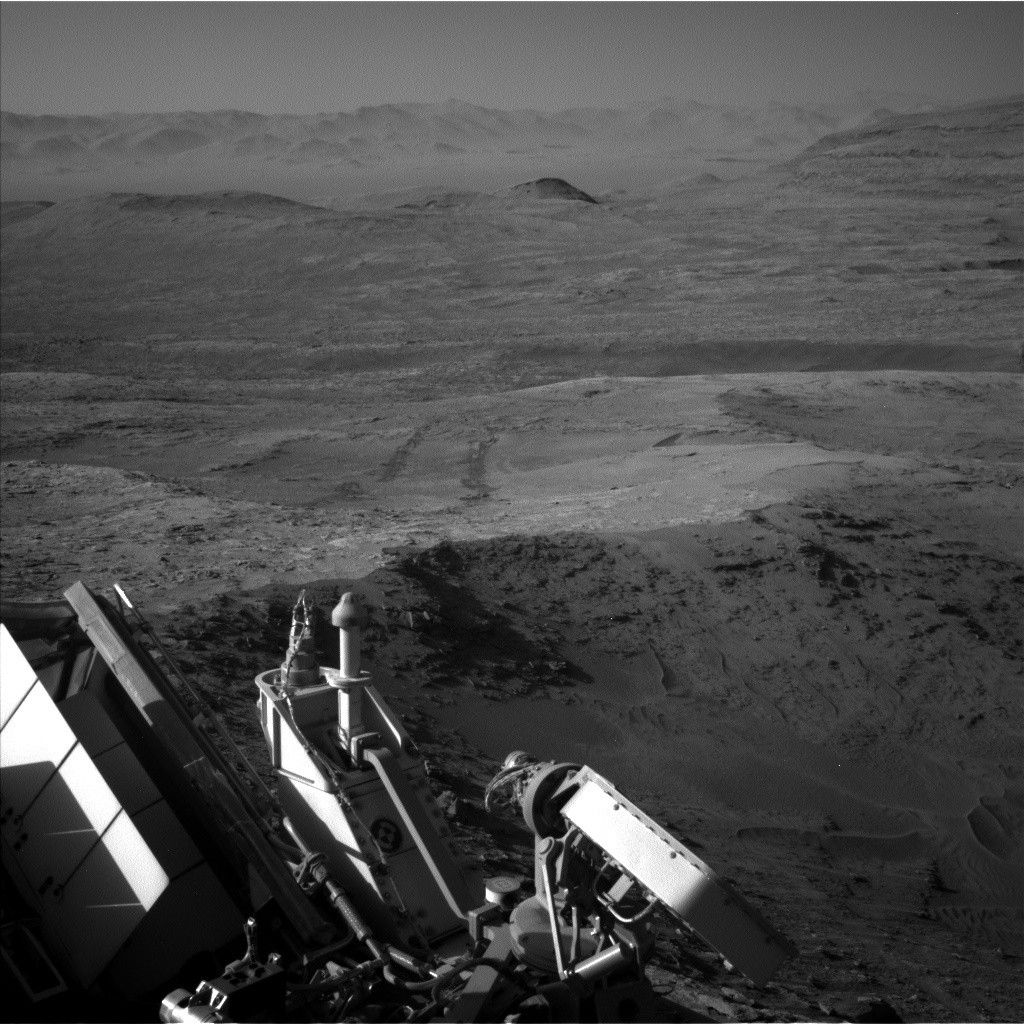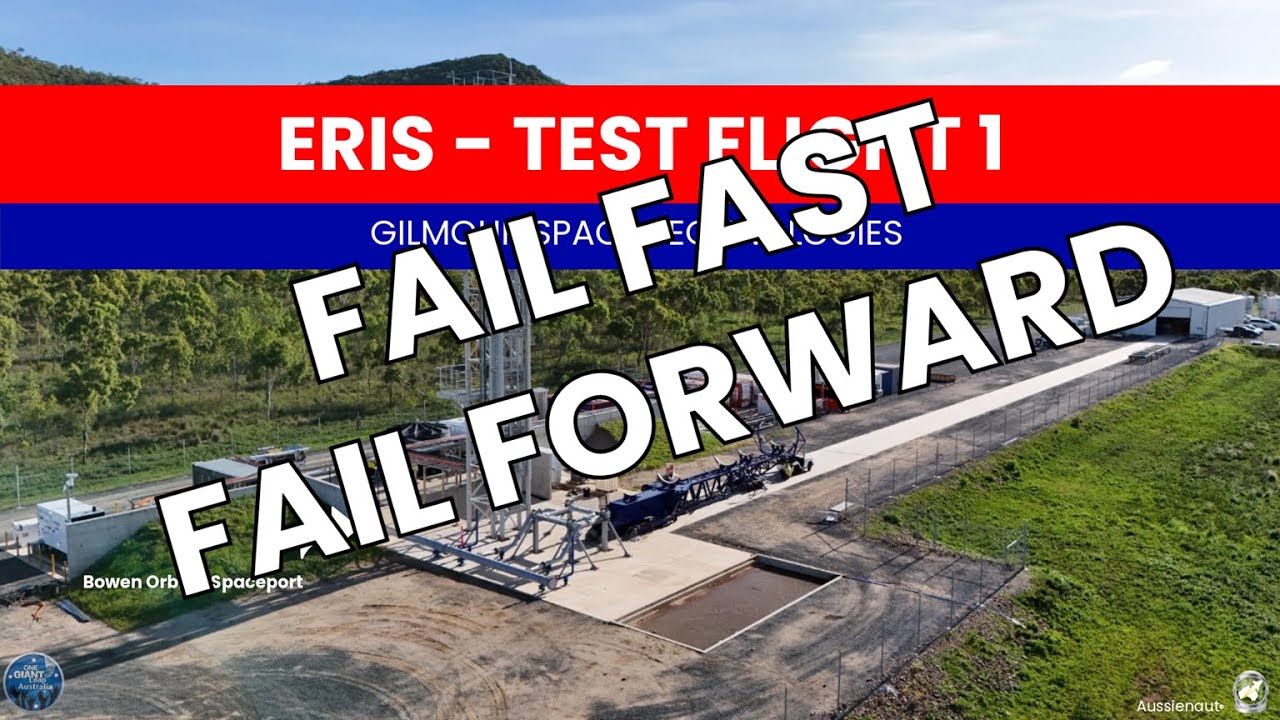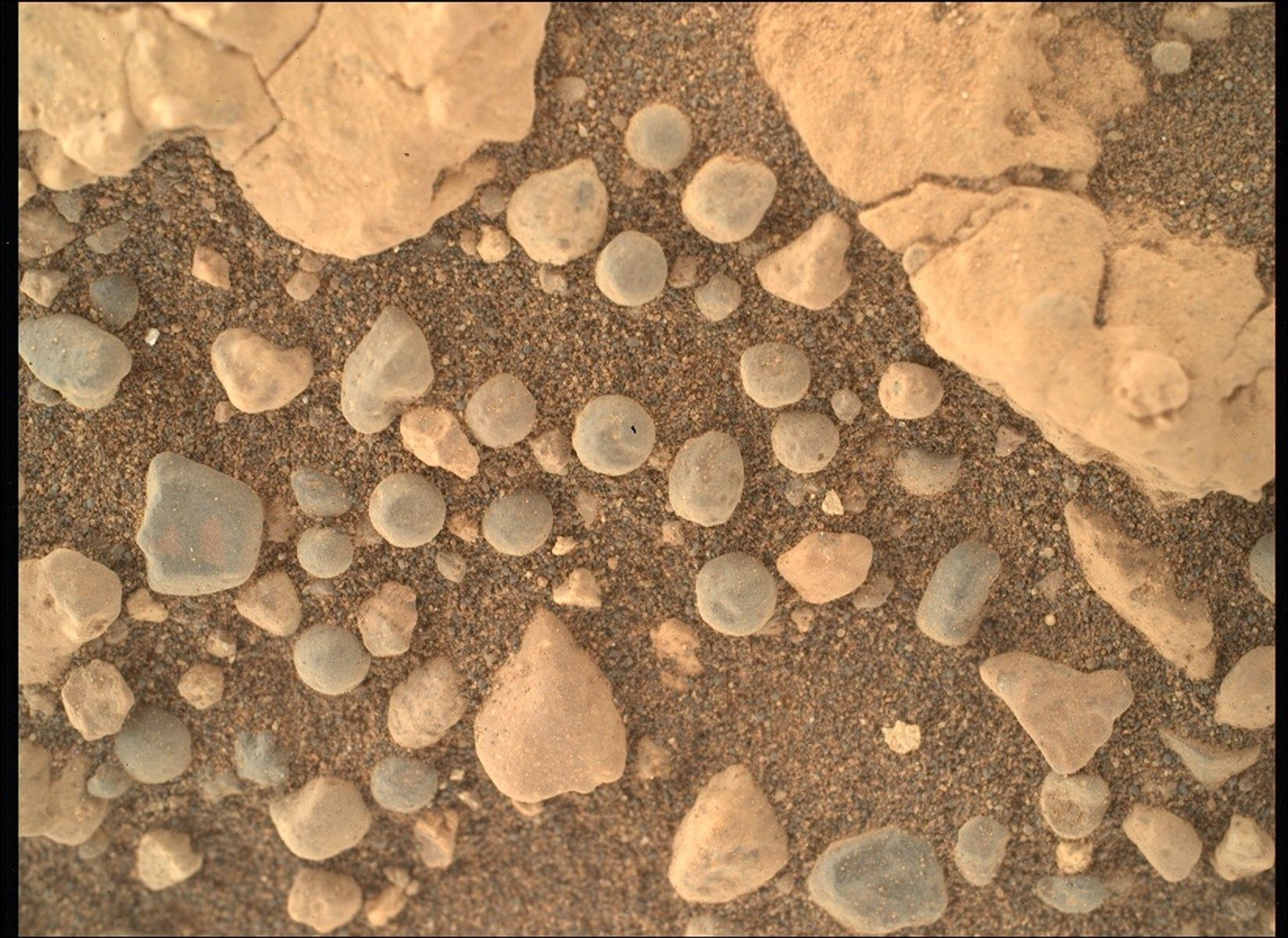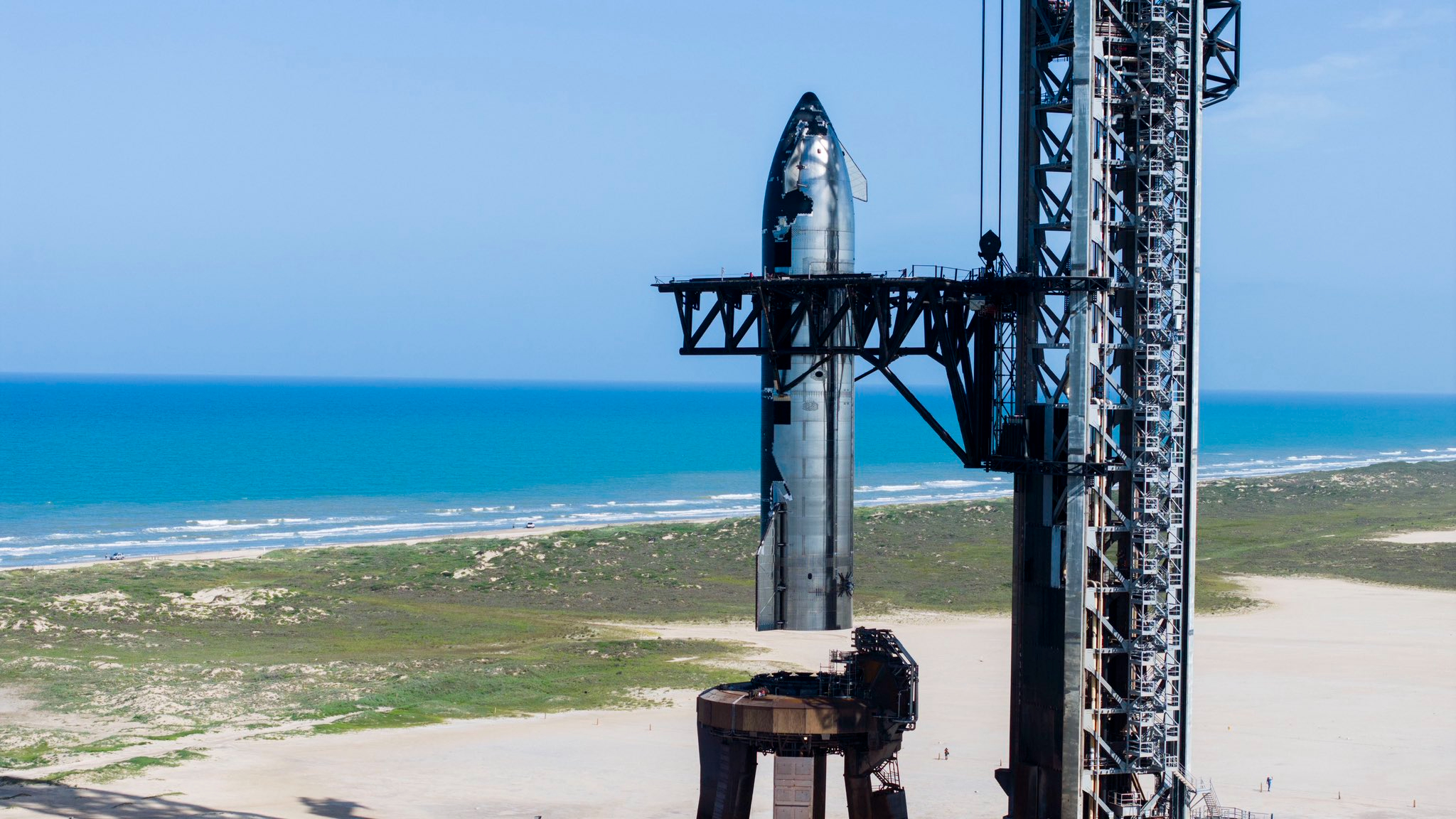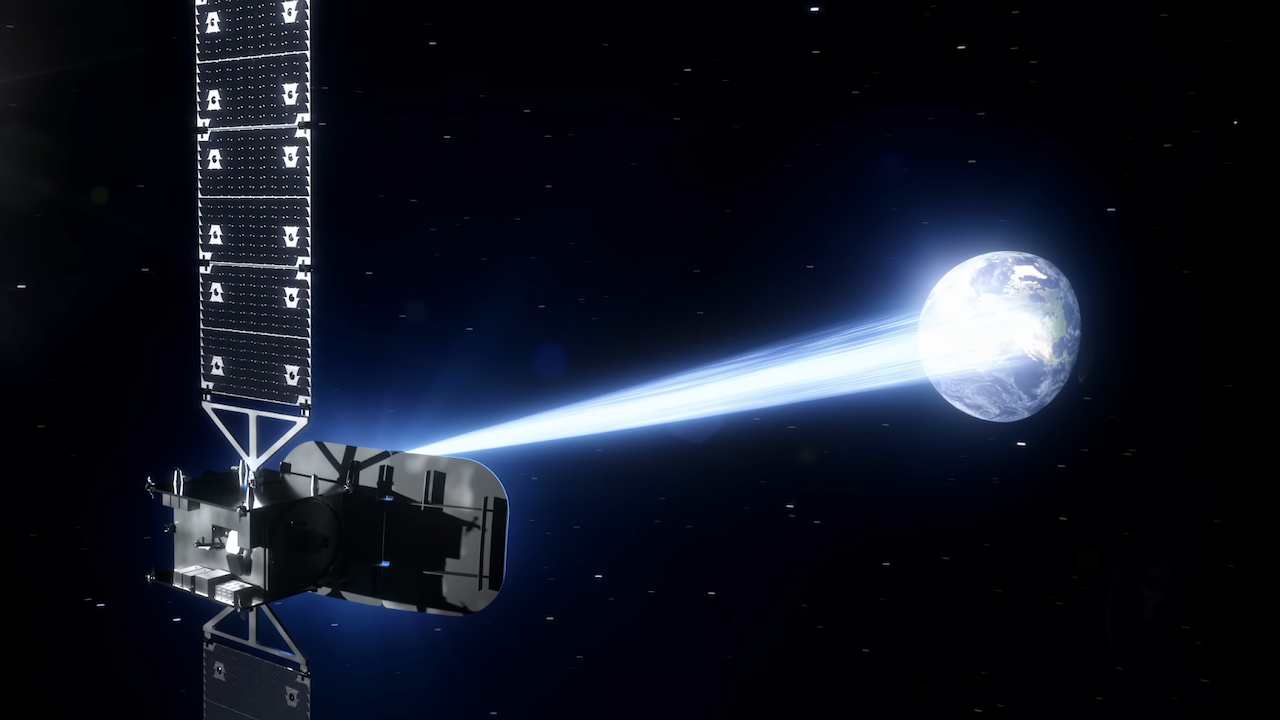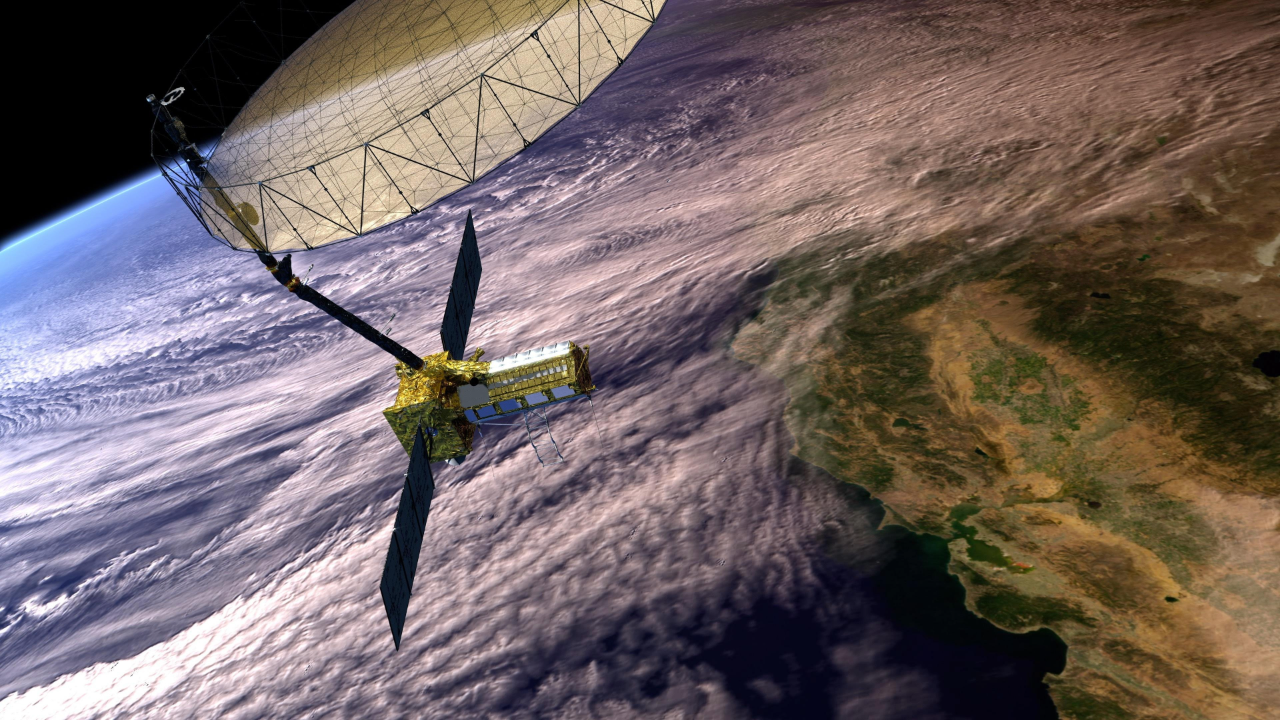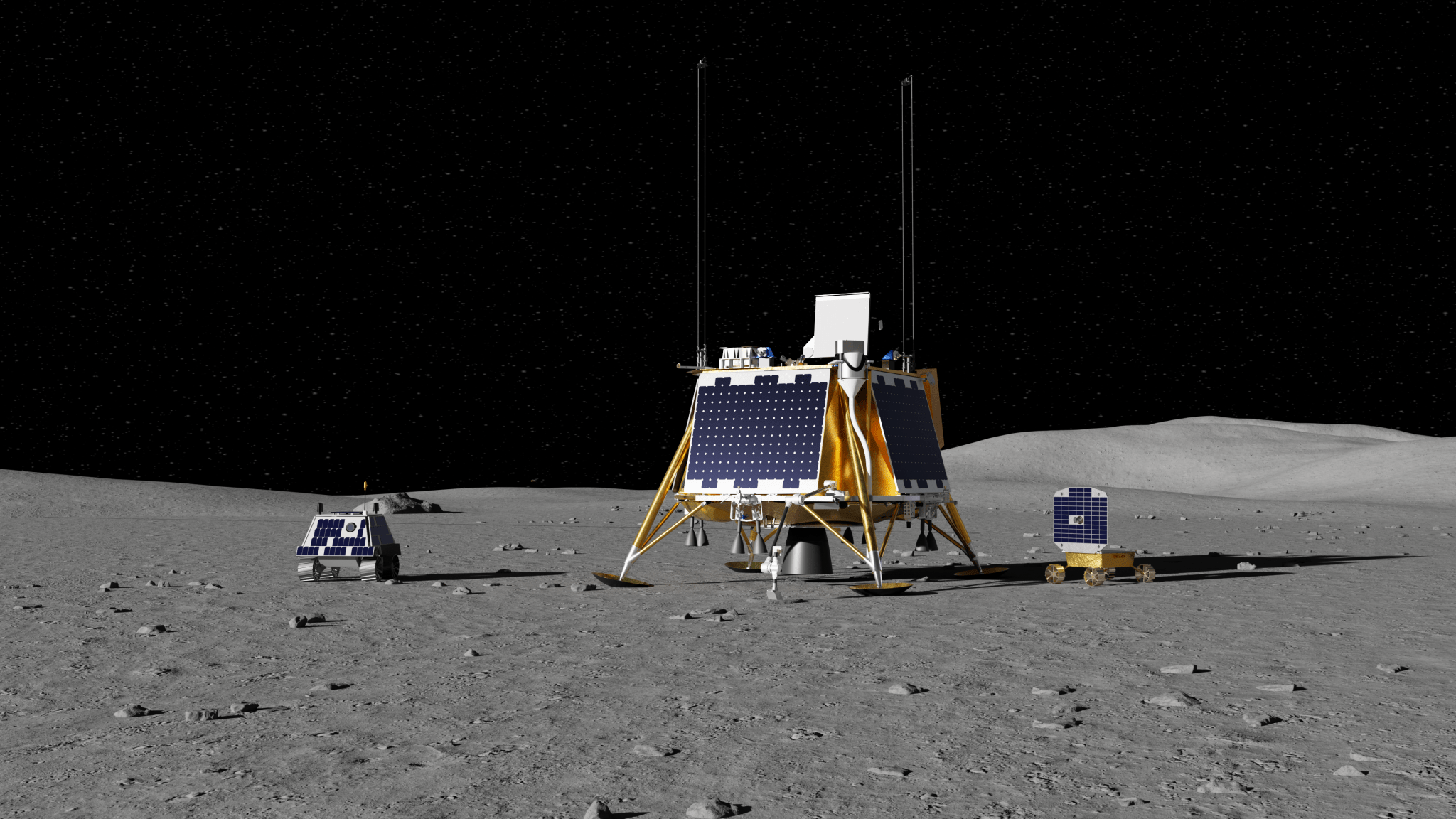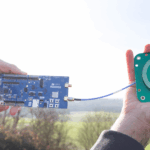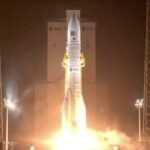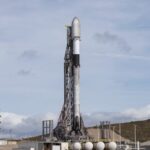Twenty-eight more Starlink satellites are now in Earth orbit after launching from Florida on Tuesday night (July 29). A SpaceX Falcon 9 rocket lifted off at 11:37 p.m. EDT (0337
Archive for July, 202511- Page
Curiosity Navigation Curiosity Home Mission Overview Where is Curiosity? Mission Updates Science Overview Instruments Highlights Exploration Goals News and Features Multimedia Curiosity Raw Images Images Videos Audio Mosaics More Resources
Australia now has a homegrown orbital launch attempt under its belt. The company Gilmour Space notched that milestone today (July 29), sending its first Eris rocket skyward from the Bowen
Explore This Section Perseverance Home Mission Overview Rover Components Mars Rock Samples Where is Perseverance? Ingenuity Mars Helicopter Mission Updates Science Overview Objectives Instruments Highlights Exploration Goals News and Features
WASHINGTON — NASA has selected Firefly Aerospace for a fourth lunar lander mission, this one taking rovers and instruments to the south polar region of the moon. To continue reading
SpaceX has moved its Starship spacecraft to the launch pad for testing ahead of the vehicle’s 10th flight, which is expected to take place next month from the company’s Starbase
Avatar: Fire and Ash | Official Trailer – YouTube Watch On I see you! Or rather, I see the first Avatar: Fire and Ash trailer, which Disney just unveiled. Disney
WASHINGTON — The U.S. Space Force has awarded contracts to five companies to develop satellite communications concepts for a new geostationary constellation, the service announced July 28. To continue reading
A joint Earth-observing satellite from the Indian Space Research Organization (ISRO) and NASA is ready for launch. A Geosynchronous Satellite Launch Vehicle Mark II (GSLV Mk II) rocket rolled out
This artist’s concept of Blue Ghost Mission 4 shows Firefly’s Blue Ghost lunar lander and NASA payloads in the lunar South Pole Region, through NASA’s CLPS (Commercial Lunar Payload Services)
-
 012024 in Review: Highlights from NASA in Silicon Valley
012024 in Review: Highlights from NASA in Silicon Valley -
 02Panasonic Leica Summilux DG 15mm f/1.7 ASPH review
02Panasonic Leica Summilux DG 15mm f/1.7 ASPH review -
 03From Polymerization-Enabled Folding and Assembly to Chemical Evolution: Key Processes for Emergence of Functional Polymers in the Origin of Life
03From Polymerization-Enabled Folding and Assembly to Chemical Evolution: Key Processes for Emergence of Functional Polymers in the Origin of Life -
 04How New NASA, India Earth Satellite NISAR Will See Earth
04How New NASA, India Earth Satellite NISAR Will See Earth -
 05And Thus Begins A New Year For Life On Earth
05And Thus Begins A New Year For Life On Earth -
 06Astronomy Activation Ambassadors: A New Era
06Astronomy Activation Ambassadors: A New Era -
07SpaceX launch surge helps set new global launch record in 2024



